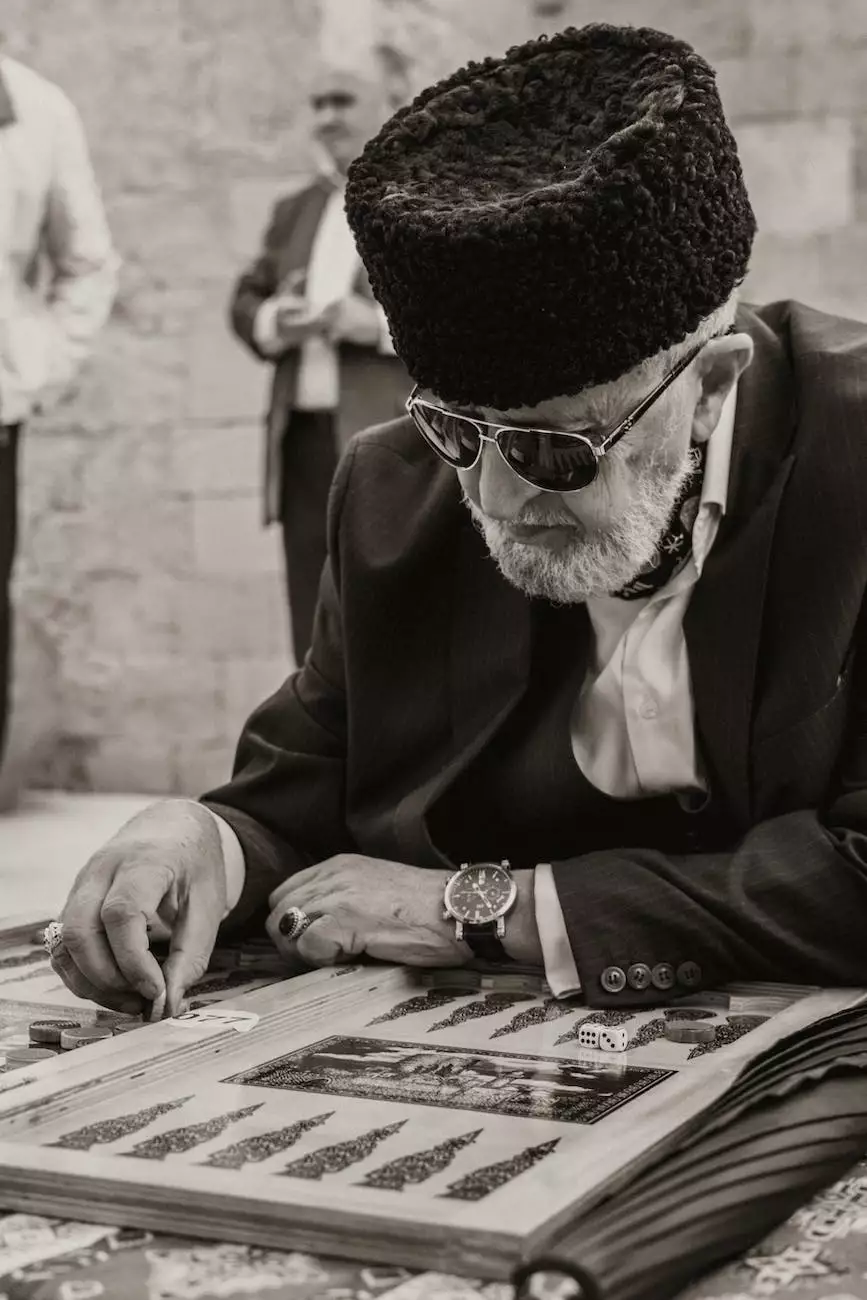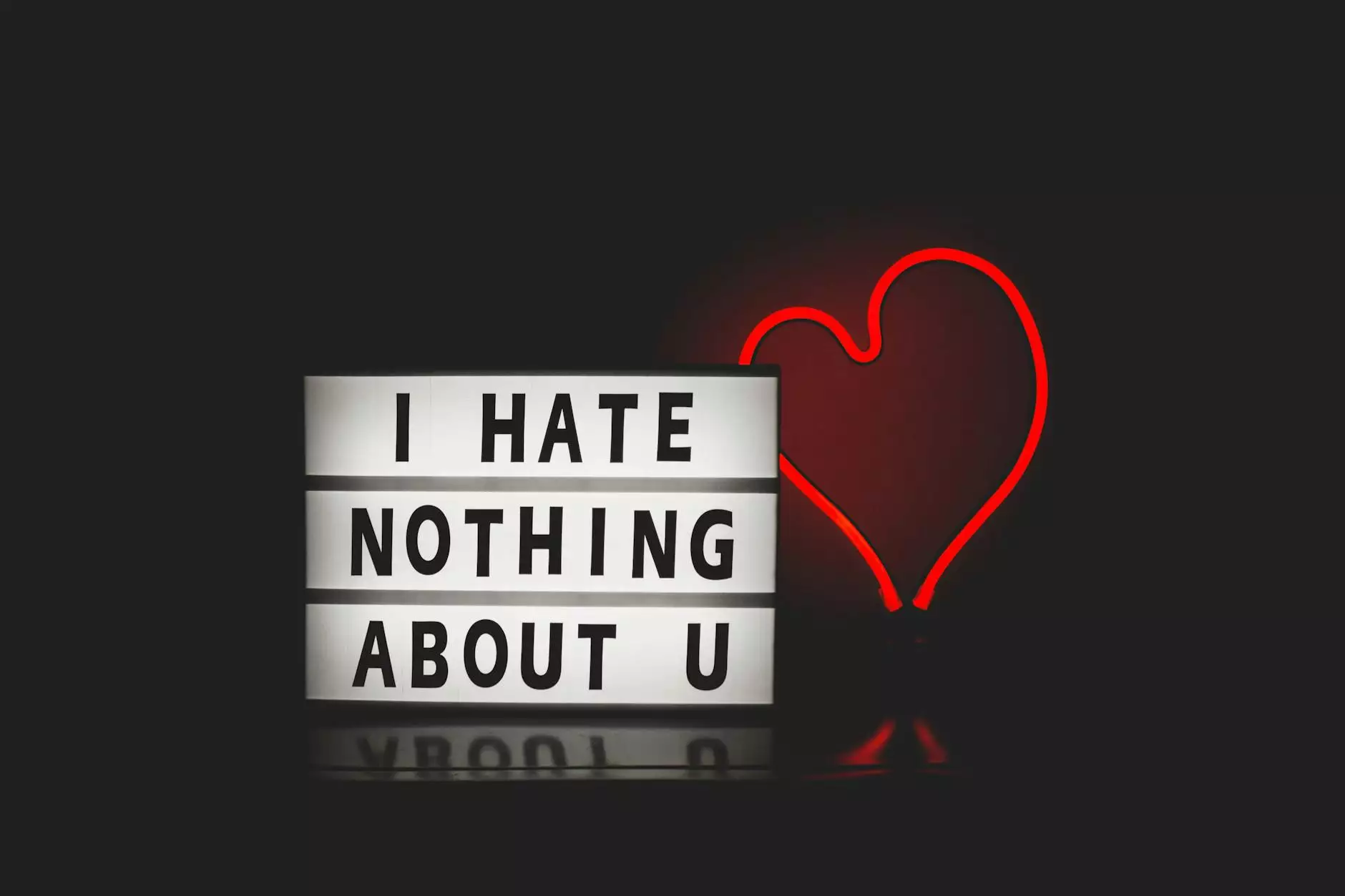Art vs. Design: What is the Difference Between Art and...
Blog Content Tips
Welcome to Horses Etc SEO & Marketing! As a leading provider of SEO services in the business and consumer services industry, we aim to provide you with comprehensive information on various topics to help you make informed decisions. In this guide, we will explore the intriguing differences between art and design.
Introduction
Art and design are two creative fields that often intertwine, making it important to understand their similarities and differences. Although both involve artistic expression, they serve distinct purposes and follow different principles.
Defining Art
Art is a form of expression that encompasses a broad range of mediums, including painting, sculpture, photography, and more. It allows individuals to convey their emotions, ideas, and perspectives through a creative outlet. Artistic creations are often subjective and open to interpretation, inviting viewers to engage in personal connections and experiences.
Exploring Design
Design, on the other hand, focuses on problem-solving and creating functional solutions. It involves strategic thinking, planning, and execution to meet specific objectives. Design can be found in various disciplines such as graphic design, industrial design, web design, and architecture. Unlike art, design is driven by practicality, usability, and meeting user needs.
The Differences
While art and design share certain elements of creativity, they differ in several significant aspects:
1. Purpose
Art: Artistic creations are usually intended to evoke emotions, challenge perceptions, or communicate conceptual ideas. The primary purpose of art is personal expression and exploration.
Design: Design serves a specific purpose, aiming to solve problems and fulfill practical needs while considering factors such as usability, functionality, and aesthetics.
2. Subjectivity vs. Objectivity
Art: Art often involves subjective interpretations. Each viewer may have a unique emotional response and personal understanding of an artwork.
Design: Design strives for objectivity and clarity, focusing on creating solutions that are universally understood and usable by the target audience.
3. Process
Art: The artistic process typically involves experimentation, self-expression, and a more fluid approach. Artists are often guided by intuition and emotions during the creative journey.
Design: Design follows a structured process that includes research, analysis, ideation, prototyping, and refinement. It incorporates user feedback and aims for efficient problem-solving.
4. Constraints
Art: Artists have the freedom to explore unlimited possibilities without strict constraints. They can experiment and push boundaries without the need for functional or practical considerations.
Design: Design is bound by constraints such as budgets, timelines, functionality, and user requirements. It must strike a balance between creativity and meeting these constraints.
Conclusion
Art and design are distinct yet interconnected disciplines that contribute to our visual and aesthetic experiences. While art embraces personal expression and emotional connections, design focuses on problem-solving, functionality, and usability. Understanding the differences between art and design can help individuals appreciate both forms of creativity and effectively leverage them in various domains.
At Horses Etc SEO & Marketing, we strive to provide professional SEO services to enhance your online visibility. Contact us to learn more about our expert strategies tailored to drive organic traffic and boost your business!










